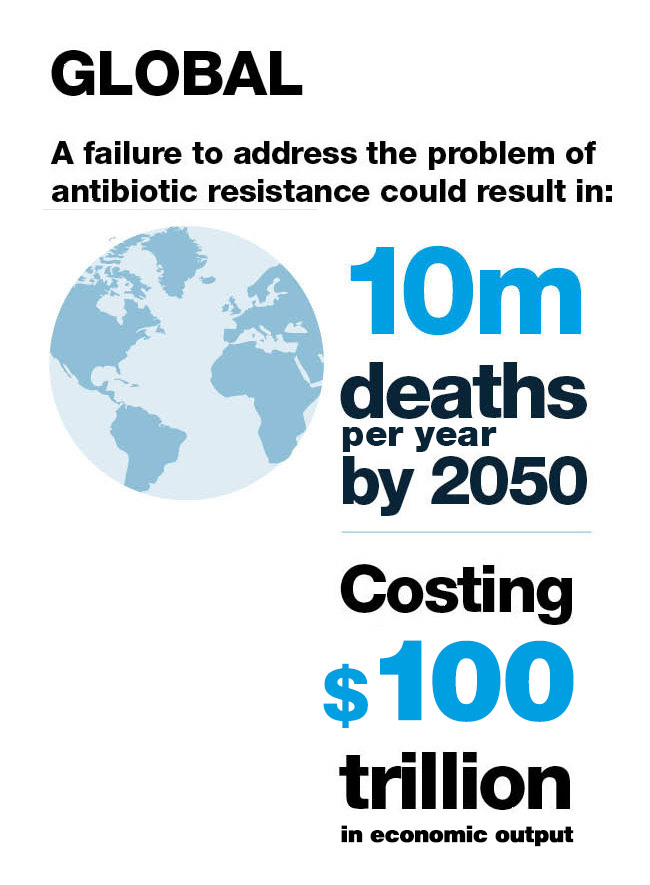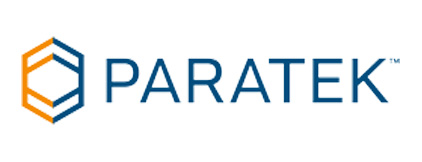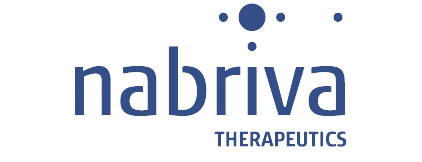The Antimicrobial Resistance Crisis
Antimicrobials were once considered one of the greatest successes of modern medicine. They have saved millions of lives, and made other procedures such as common surgeries, cancer treatments and organ transplants possible. However, over the past several decades, pathogens have rapidly developed resistance creating an urgent threat to public health. Every year, 700,000+ people globally die from resistant infections caused by bacteria. The CDC estimates that over 2.8 million Americans acquire resistant infections each year, at least 35,000 of whom die as a result. One recent report suggests that the threat is much worse, estimating deaths in the United States from multi-drug resistant organisms (MDROs) in 2010 to be between 153,113 and 162,044, which would make MDROs the third highest cause of death in the US in that year. Additionally, drug resistant bacterial infections cost the US $20-25B in excess healthcare costs and $35B in lost productivity. It is predicted that resistant infections will kill 10 million people per year by 2050 – nearly 2 million more than would die from cancer. If nothing is done, we risk falling into a post-antimicrobial era, in which minor infections will become life threatening, and routine medical procedures will be nearly impossible to perform.
The need for a strong antimicrobials pipeline has been further amplified by the COVID-19 crisis, highlighting the urgent need for increased public health preparedness.

The Issue:
Antimicrobial Resistance (AMR) occurs when microorganisms change with exposure to antimicrobial drugs (such as antibiotics, antifungals and antivirals). Microorganisms that develop AMR are sometimes referred to as “superbugs”.
- In 2014, the WHO reported that AMR “is no longer a prediction for the future, it is happening right now in every region of the world and has the potential to affect anyone, of any age, in any country…[AMR] is a major threat to public health.”
According to the CDC, the annual U.S. impact from drug-resistant infections includes over 2.8 million illnesses – over 35,000 of which result in death.
- Drug resistant infections cost the US $20-25 billion in excess direct health expenditures, with another $35 billion in additional costs to society for lost productivity.
The crisis is being exacerbated by the fact that US scientific research and development (R&D) has largely shifted away from investment in new antimicrobials to combat these infections due to the unique scientific, regulatory and economic challenges of antimicrobial R&D.
- Less than 5% of pharmaceutical investment goes towards antimicrobial development.
- Only 2 of the top 50 top drug companies in the world is still developing antimicrobials.
- Over 95% of the products in development are being developed by smaller companies – like those that comprise the AWG.
Dr. Janet Woodcock, Director of the Center for Drug Evaluation and Research for the FDA testified in a hearing before the House E&C Committee, Subcommittee on Health in September 2014: “The decline in antibacterial drug research and development (R&D) in the private sector, at a time when serious antibiotic resistant infections are on the rise, is a tremendous public health problem, resulting in a very serious unmet medical need.”
Key Talking Points:
- The rise of antimicrobial resistant infections poses an urgent threat to the U.S. health system, and according to the Infectious Diseases Society of America, it is “One of the greatest threats to human health worldwide”.
- Dr. Michael Bell, Deputy Director of the CDC’s Division of Healthcare Quality Promotion has said “We are approaching a cliff. If we don’t take steps to slow or stop drug resistance, we will fall back to a time when simple infections killed people”.
- This crisis is exacerbated by the fact that scientific R&D has largely shifted away from investment in new drugs to combat these infections.
However, the current market and regulatory climates make investing in antimicrobial R&D extremely unappealing for large pharmaceutical companies. - Only 2 of the top 50 drug companies in the world is still developing antimicrobials.
- More than 70% of the innovation in this field is performed by small, pre-revenue companies.
The broken antimicrobials market makes it extremely difficult for these small companies to attract the necessary levels of investment in order to fund the scientific R&D required to produce these life-saving drugs. - If we continue at this current rate, it is predicted that resistant infections will kill 10 million people per year by 2050 – nearly 2 million more than would die from cancer.
- Minor infections will become life-threatening and routine medical procedures such as surgeries will be nearly impossible to perform.
This is why Dr. Janet Woodcock, former director of the FDA’s Center for Drug Evaluation and Research has warned that “We are facing a huge crisis worldwide not having an antibiotic pipeline”.


 Vu L. Truong, Ph.D.
Vu L. Truong, Ph.D. René Russo, PharmD, BCPS
René Russo, PharmD, BCPS Roger J. Pomerantz, M.D., F.A.C.P.
Roger J. Pomerantz, M.D., F.A.C.P. Christine Ann Miller
Christine Ann Miller Graham G. Lumsden
Graham G. Lumsden Marco Taglietti, M.D.
Marco Taglietti, M.D. Ankit Mahadevia
Ankit Mahadevia John McDonough
John McDonough Frank Pasqualone
Frank Pasqualone Ed Garvey
Ed Garvey Vijay B. Samant
Vijay B. Samant Jeffrey Stein, Ph.D.
Jeffrey Stein, Ph.D. Evan Loh, M.D.
Evan Loh, M.D. Michael Dunne, M.D
Michael Dunne, M.D Ciara Kennedy, Ph.D.
Ciara Kennedy, Ph.D. Ted Schroeder
Ted Schroeder Kevin Finney
Kevin Finney









 Stephen Conafay
Stephen Conafay Christopher J. Burns, Ph.D.
Christopher J. Burns, Ph.D.

 Corey Fishman
Corey Fishman